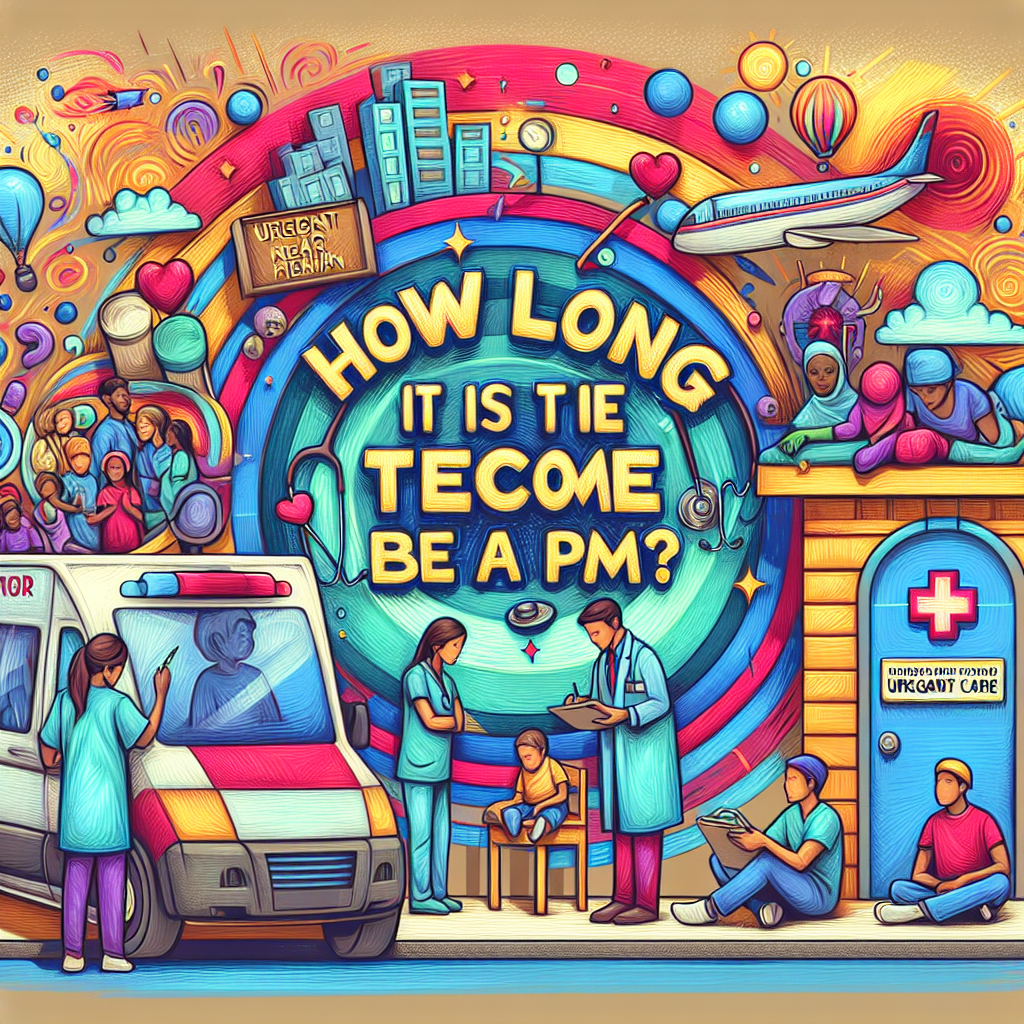Introduction
Embarking on the journey to become a Pediatric Emergency Medicine (PEM) specialist is akin to preparing for a marathon where the finish line is both rewarding and noble. In an era where healthcare continues to evolve, understanding the path towards such a specialized field is crucial. From the educational rigors to the hands-on training, aspiring PEMs unravel a labyrinth of opportunities that shape their prowess in saving young lives.
- The Pathway to Becoming a PEM
- Educational Requirements: The Bedrock of Medical Expertise
- Training and Residency: Building Practical Skills
- Certification and Beyond: The Final Hurdle
- Key Takeaways
- Frequently Asked Questions
- Conclusion
The Pathway to Becoming a PEM
Imagine standing at the foot of a grand mountain, eyes fixed on the summit. The climb to becoming a Pediatric Emergency Medicine specialist begins with a sturdy foundation in education, followed by intensive residency training, and culminating in certification. Each step requires unwavering dedication and precision.
Educational Requirements: The Bedrock of Medical Expertise
The first stepping stone involves acquiring a bachelor’s degree, typically in pre-med or a related field. This phase is like planting seeds in fertile soil, where knowledge in biology, chemistry, and physics begins to flourish. Following undergraduate studies, aspiring PEMs embark on a four-year journey through medical school, an experience akin to nurturing a sapling under careful guidance.
During medical school, students learn the intricacies of human anatomy and physiology, laying the groundwork for their future endeavors. For more insights into the demographics of urgent care, explore who predominantly relies on these facilities by visiting our article on urgent care usage.
Training and Residency: Building Practical Skills
Upon graduating from medical school, the next stride involves completing a residency program in pediatrics—a rigorous three-year training that molds physicians into adept caretakers of children’s health. Think of this phase as sculpting a raw block of marble into a masterpiece, where each day chisels away rough edges to reveal a refined practitioner.
Following pediatric residency, an additional two to three years are dedicated to a PEM fellowship. This advanced training hones skills specific to emergency medicine, equipping specialists with the tools needed to navigate high-pressure situations with confidence.
Certification and Beyond: The Final Hurdle
With fellowship training complete, candidates must conquer the final peak—certification. Board certification in Pediatric Emergency Medicine is achieved through the American Board of Pediatrics or the American Board of Emergency Medicine. This credential is a badge of honor, symbolizing expertise and commitment to providing exceptional care.
For those interested in understanding more about professional certifications and standards within the broader medical community, consider visiting reputable sources like the American Board of Pediatrics.
Key Takeaways
- The journey to becoming a PEM specialist is extensive, requiring both academic and practical training.
- A bachelor’s degree followed by medical school sets the foundation for this career path.
- Pediatric residency and PEM fellowship are essential to developing specialized skills.
- Board certification validates expertise and dedication to pediatric emergency care.
Frequently Asked Questions
What is the total duration to become a PEM specialist?
The entire process can take approximately 11 to 13 years post-secondary education, including undergraduate studies, medical school, residency, and fellowship.
Is becoming board certified necessary?
Yes, board certification is crucial as it establishes credibility and ensures adherence to professional standards within the field.
Conclusion
The expedition to becoming a Pediatric Emergency Medicine specialist is not for the faint-hearted. It requires resilience akin to an oak tree weathering storms yet standing tall. But for those who persevere, the reward lies in impacting countless young lives—an achievement as monumental as reaching the top of a towering mountain.
Whether you are just starting your journey or already on your way, remember that each step taken brings you closer to making a profound difference in healthcare. To further understand healthcare dynamics, discover who uses urgent care services most frequently by visiting our detailed exploration of urgent care visits.











